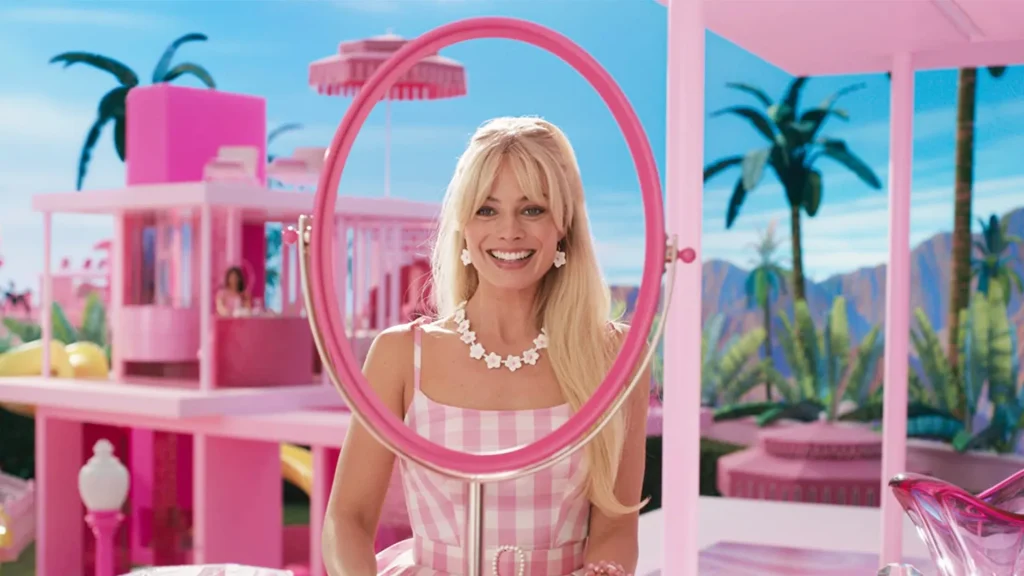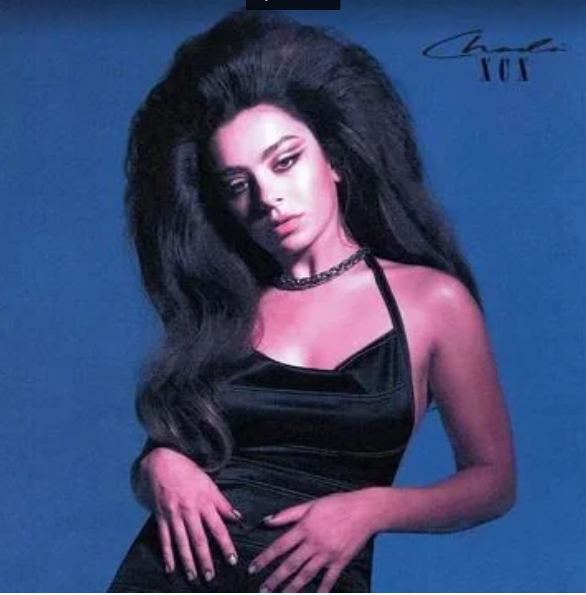By Sunniva Teeken
Hyper femininity is defined as ‘an exaggerated adherence to the stereotypical
feminine gender role’. In fashion and media, however, it is the exaggeration of what
is considered traditionally feminine.
Hyper femininity can take many forms and empower many people. Still, the question
has to be asked:
Why do we find it so empowering?
Is it just another fashion
statement or an internet trend?
Could it be the progression of second-wave feminism
being expressed through materials?
Or is it simply a capitalist’s wet dream?
Personally, Hyper femininity (to me, at least!) is hot pink, Elle Woods, Sanrio, Charli XCX, Drag Queens and wearing high heels that make me 6 feet tall. Still, it can mean so many different things to different people.Social Media and Mass consumerism have led to the categorising and sub- categorising of personal tastes and lifestyles; in other words, hyper femininity is not merely hyper femininity. People adopt so many hyperfeminine “aesthetics”; from cottage-core to coquette, there are myriad styles to experiment with. Barbie Core is a pretty self-explanatory aesthetic; believe it or not, this particular trend revolves around the iconic 1956 doll Barbie and has seen a recent surge in popularity within this genre thanks to Greta Gerwig’s movie of the same name during the summer of last year (2023).

Barbie is the pink-loving, bright blonde doll with a whopping 250 careers under her belt. She is widely considered the best representation of embracing hyper-feminine fashion and constantly reminds young people that stereotypes are there to be broken. Barbie is also a fantastic influence for people who want to embrace their femininity and ambitions unapologetically. Barbie’s core is pink, with everything softer and feminine, outfits inspired by decades, and a lot of glamour.

A less traditional and current hyper-feminine style is Bimbocore. The term “Bimbo” previously caught on in late 20th century Western media to refer to a beautiful but sexualised and unintelligent woman that was created to cater to a twisted male fantasy. Yet, in the early 21st century, it is being reclaimed as a merely creative personal expression for progressive, intelligent and feminine women. One must think of Micro Skirts, Sparkles, Paris Hilton, Juicy Couture and all shades of pink. Bimbocore is a potent example of how embracing a hyper-feminine style does not diminish power. Instead, it enhances empowerment by challenging traditional views of how women are expected to present themselves to society.
These are a handful of hyperfeminine aesthetics that are increasing in popularity. The post-pandemic rise in hyper-feminine aesthetics feels fueled with feminist rebellion; we are cautiously hopeful it is not so reminiscent of the deep-rooted bigotry of the early 2000s fashion. Is it simply the natural evolution of fashion or a widespread need for retail therapy? In an article article, “Has the COVID-19 pandemic made us more materialistic” The National Library of Medicine states that social isolation, overconsumption of media, stress, anxiety, and perception of COVID-19 as a threat are all factors that lead to increased materialism.
To bring it closer to home, the state of the current Irish economy can push the generation of mass media consumption to show up as the best, most personable version of themselves. Women would be the main demographic targeted for the hyperfeminine trends, but unsurprisingly, they are not the sole perpetrators of the insane level of materialism in Ireland.

Mass consumerism encouraged by companies through the media is damaging the
livelihood of millions of other women across the globe. I can’t deny a girl her fun, but
I will discourage unethical consumer practices.
To consider the potential to empower that lies in hyper-feminine styles, one must
consider the context. Trends reflect cultural norms, social movements, and economic
shifts, especially in a patriarchy where those who traditionally have access to power
are men, all identically dressed in greyscale and dull shapes.
In Western society and
popular media, different levels of femininity are expected of other women because
being reduced to a “type” is not uncommon.
For many women, embracing their hyper-feminine side can be dangerous, as it can be met with hostility and even violence. Refusing to comply and repress one’s femininity to be taken seriously takes a lot of courage. While it’s not always safe or affordable, embracing one’s gender expression across the spectrum projects confidence into everything you face.
It can empower you to take on the world.